by Dakota Antelman
Marchers from across New England descended on the Boston Common earlier this month to protest President Donald Trump and support the various groups he insulted in his campaign or threatened with his policy proposals.
Taking place the day after Trump’s inauguration, the march was one of hundreds across the world. It attracted, according to organizers and Boston Police, 175,000 people to the Boston Common and featured speeches from high-profile Massachusetts Democrats. Nearly a week later, more protests erupted across the country in opposition to a ban on immigration from seven predominantly Muslim countries.
Several HHS students and staff members attended. After the march, the Big Red spoke to two of these students about their experiences, their beliefs, and their hopes for the future.
Eva Tipps
The Women’s March filled the Boston Common with more people than many onlookers can remember. Like many other protests across the country, it surpassed expectations of attendance.
Elizabeth Warren, a US Senator for Massachusetts and a popular voice among progressive Democrats, headlined the pre-march rally at the Boston Common, delivering a speech in which she committed to fighting Donald Trump even though her party represents the minority in both houses of Congress.
Warren was, however, just one of several liberal leaders who attended the rally. Boston Mayor Marty Walsh declared on behalf of the city of Boston that he would fight Trump. Days after that speech, his words were indeed put to the test when Trump announced he would put pressure on sanctuary cities like Boston to turn over undocumented immigrants to the federal government.
Likewise, the two were joined by Senator Ed Markey who touched on similar themes in his speech.
Eva Tipps
As many marches were still taking place on January 21, White House Press Secretary Sean Spicer falsely claimed that Donald Trump’s inauguration drew the largest audience in history in an aggressive briefing of reporters in Washington, D.C.
The next day, in an interview with NBC’s Chuck Todd, Kellyanne Conway, a counselor to President Trump, defended Spicer’s comments by saying that he had not lied. Instead, she said, “he used alternative facts.”
The events came after Trump had spent much of his campaign insulting the press and threatening to change libel laws in his administration. During the Boston Women’s March, some participants could be heard chanting in support of a free press.
Clement Doucette
Trump’s first week in office began with women’s marches around the world. It ended with protestors flocking to airports across the US to oppose an executive order by the president that banned immigration from seven predominantly Muslim countries for 120 days while the government developed “extreme vetting” programs for refugees.
Those protests were sparked when 12 refugees were detained at JFK Airport in New York City by officials citing Trump’s order and began to thin when a federal judge ruled that refugees in transit to the US should be admitted and as the White House announced that all foreigners holding Green Cards would still be able to enter the US.
For students and progressive leaders alike, the early protests against President Trump are and will continue to be a favored tactic in resisting a government over which their party has little control.
Eva Tipps

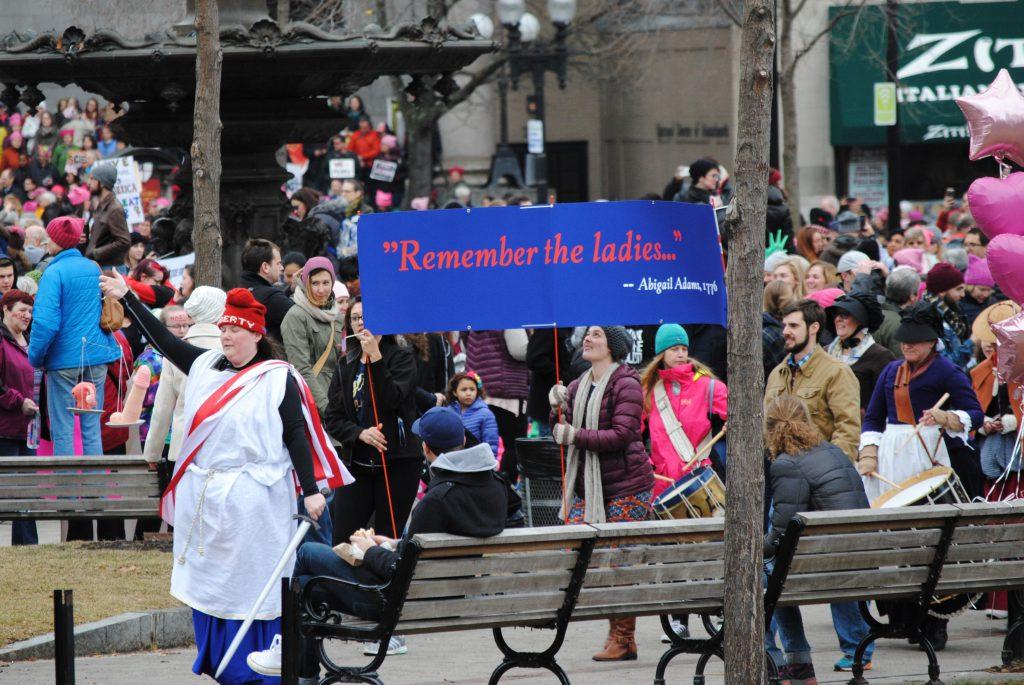
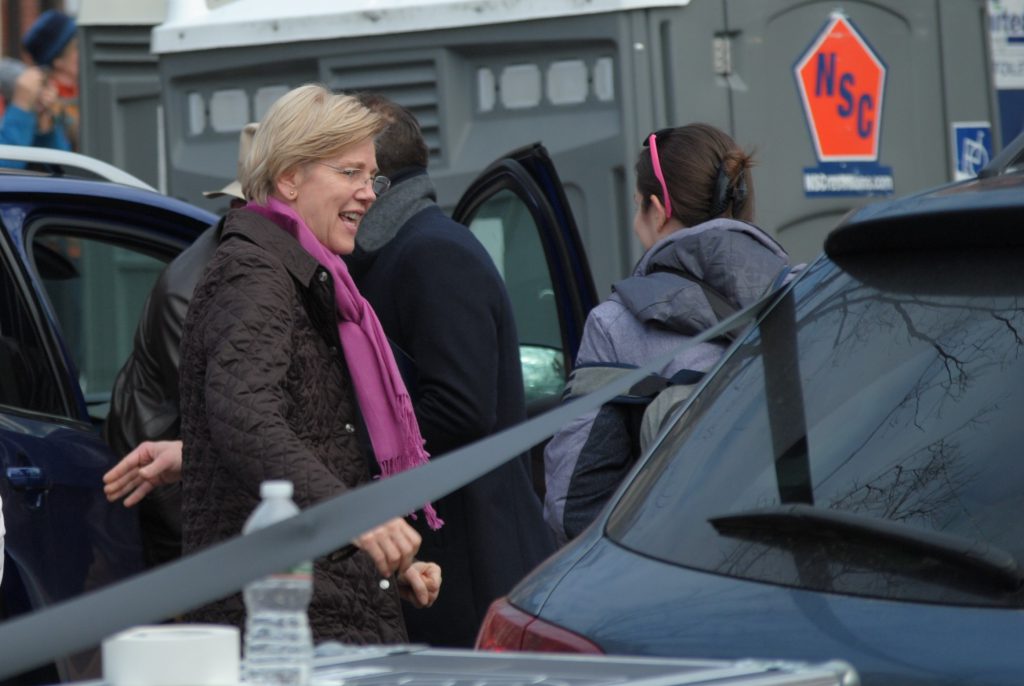
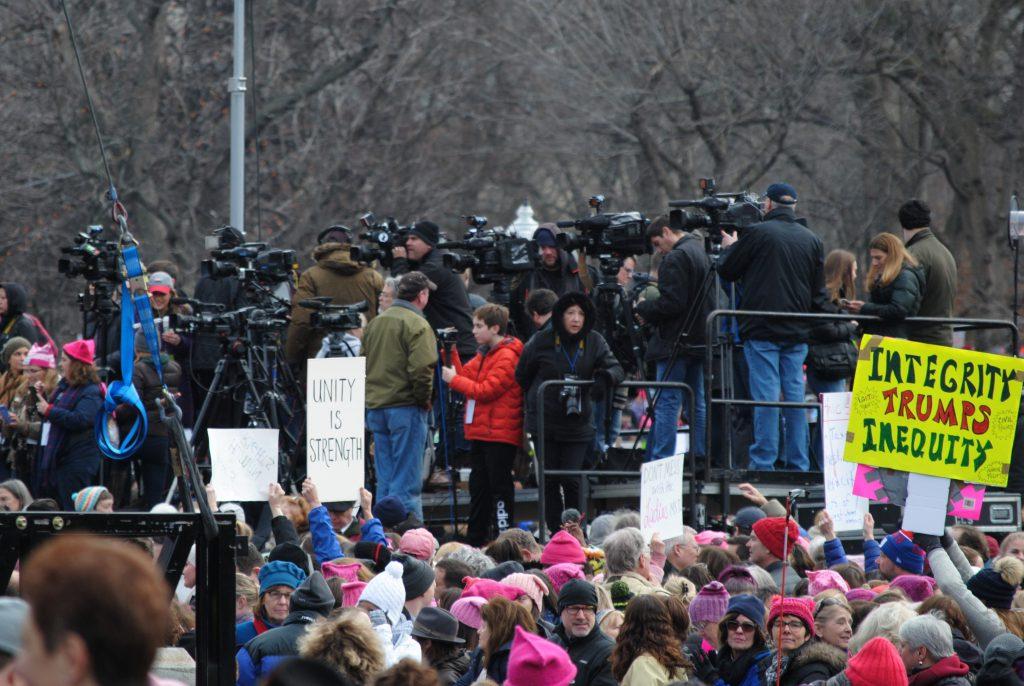

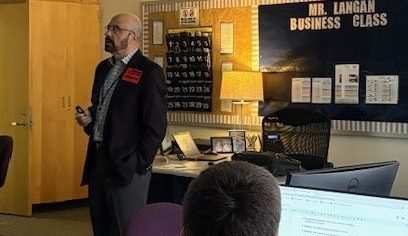
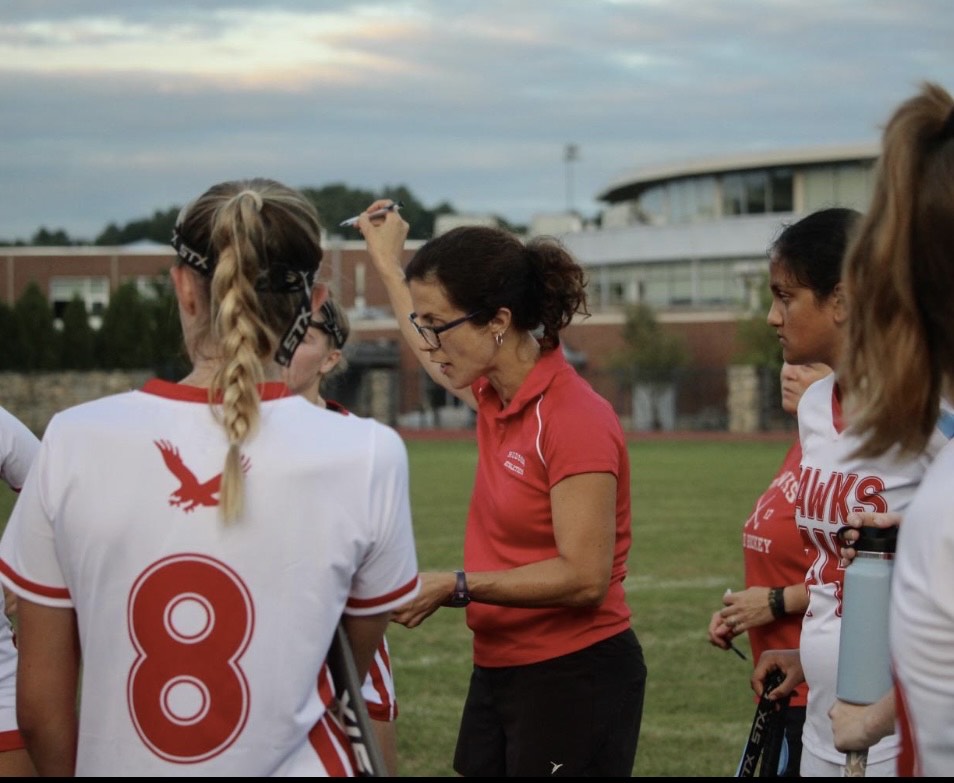





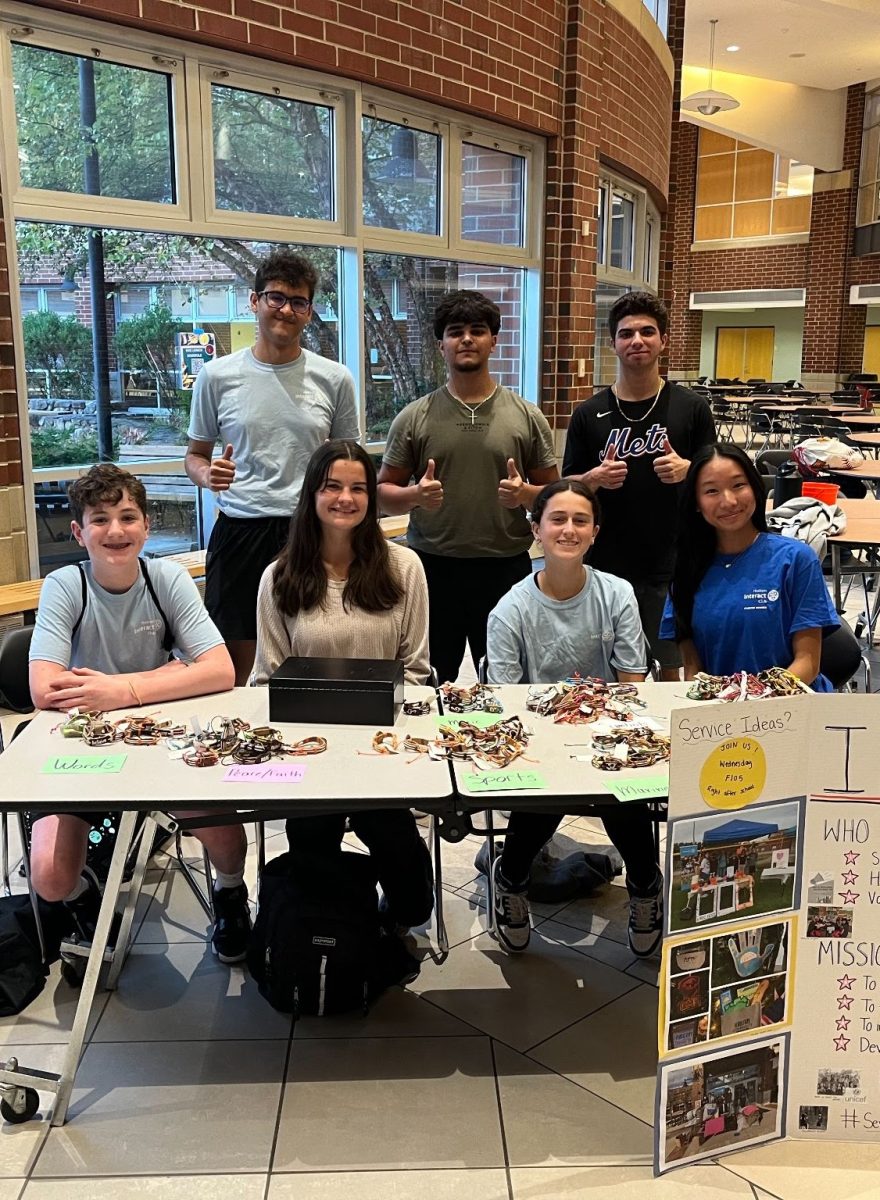
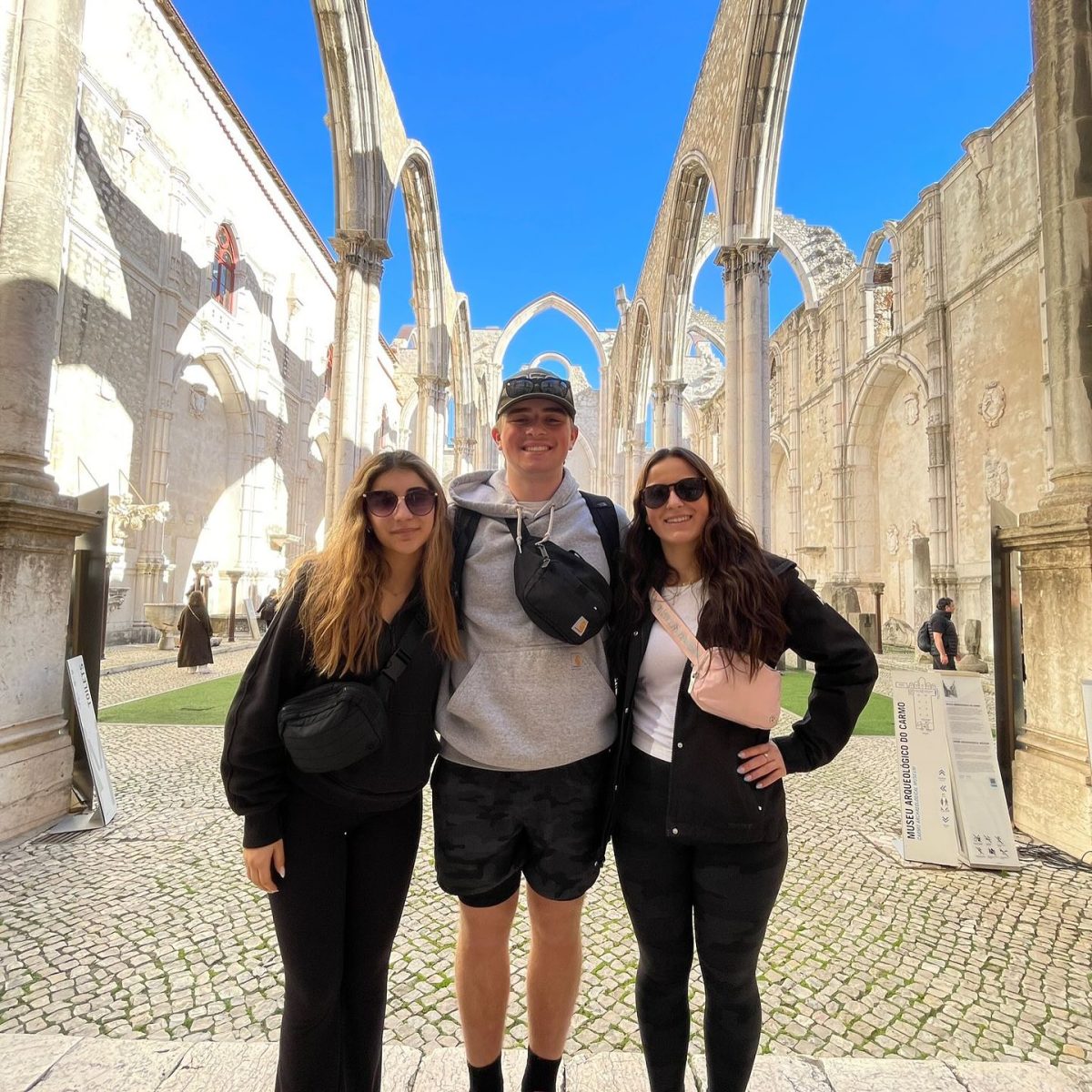





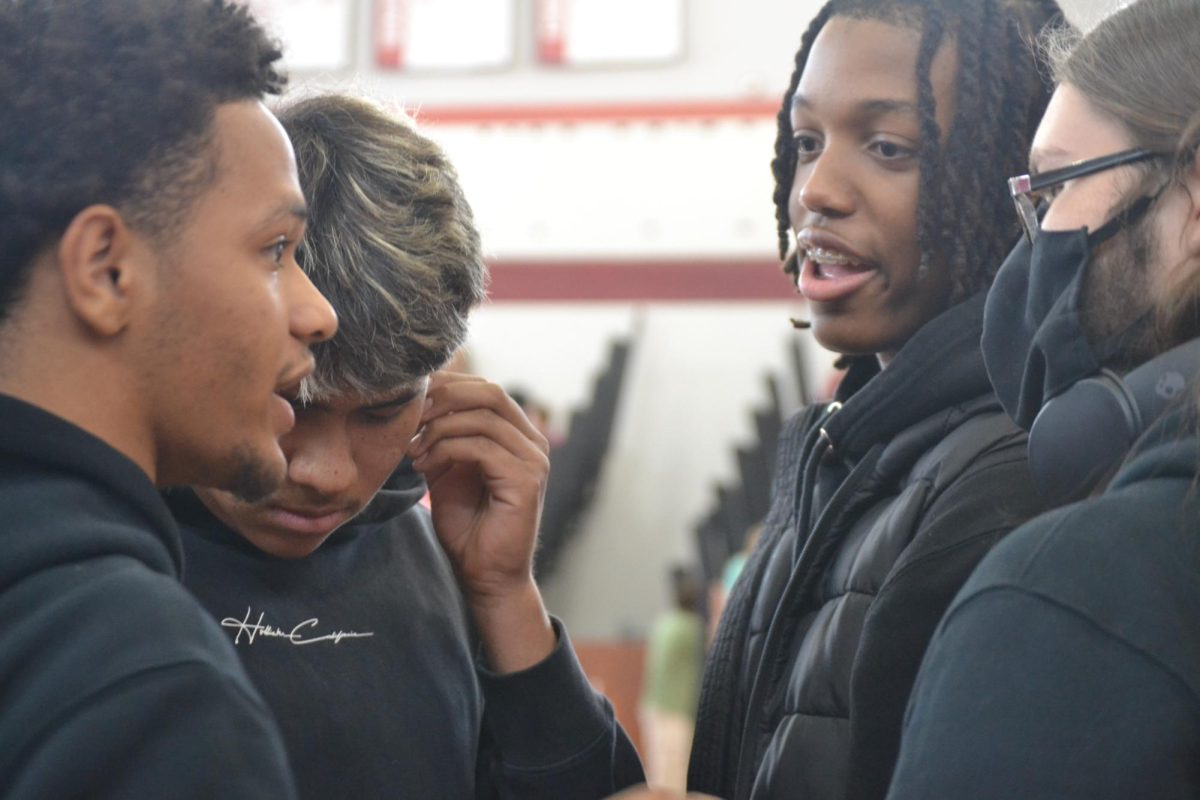
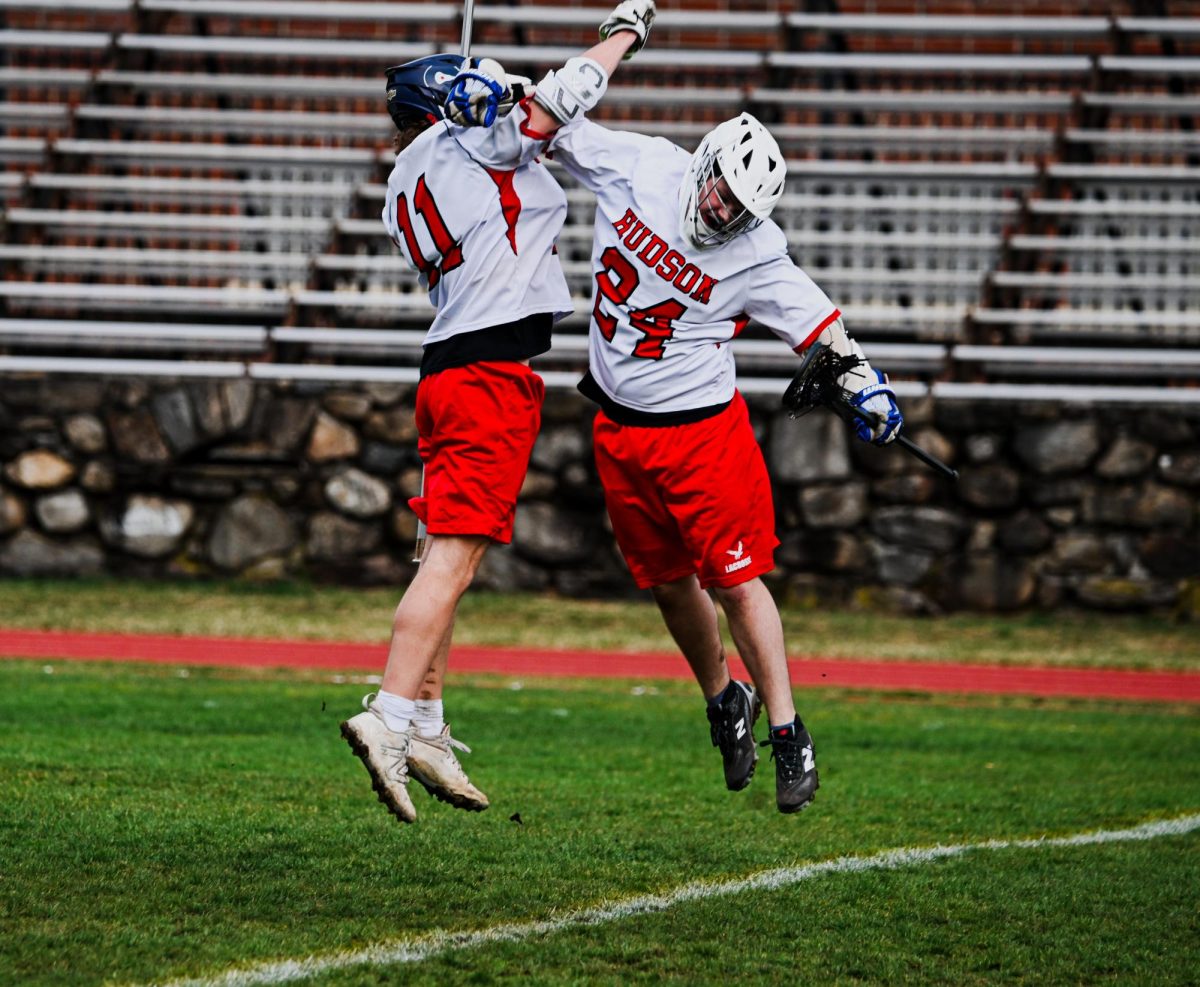

Tami Hayward-Mildish • Feb 16, 2017 at 7:31 pm
I can’t access the interviews with Eva and Clement.
My favorite:
” The next day, in an interview with NBC’s Chuck Todd, Kellyanne Conway, a counselor to President Trump, defended Spicer’s comments by saying that he had not lied. Instead, she said, “he used alternative facts.”
Scott Darlington • Feb 8, 2017 at 1:58 am
Dakota, I liked the interviews and the story with the interactive graphics was excellent. However, I thought you would have learned to use a better mic by now! 🙂
Mr. D